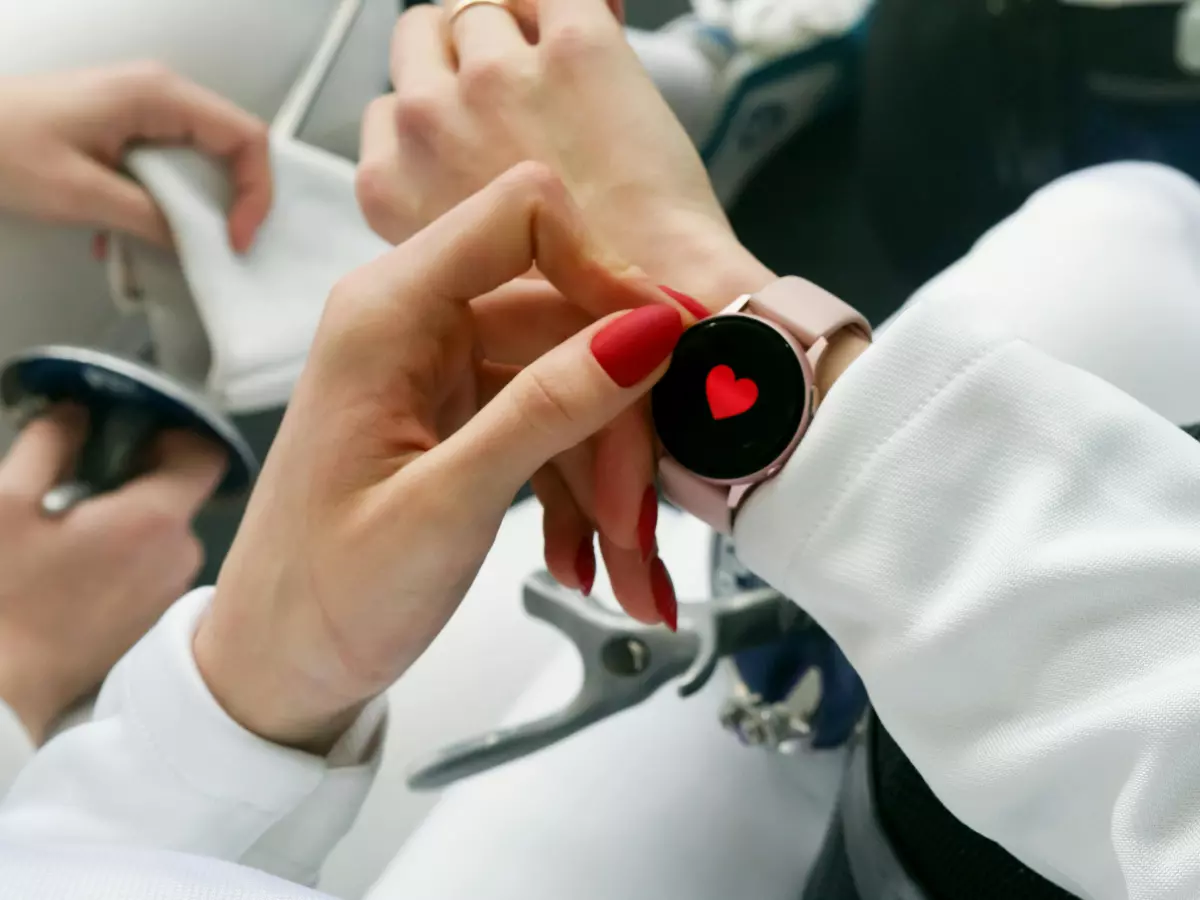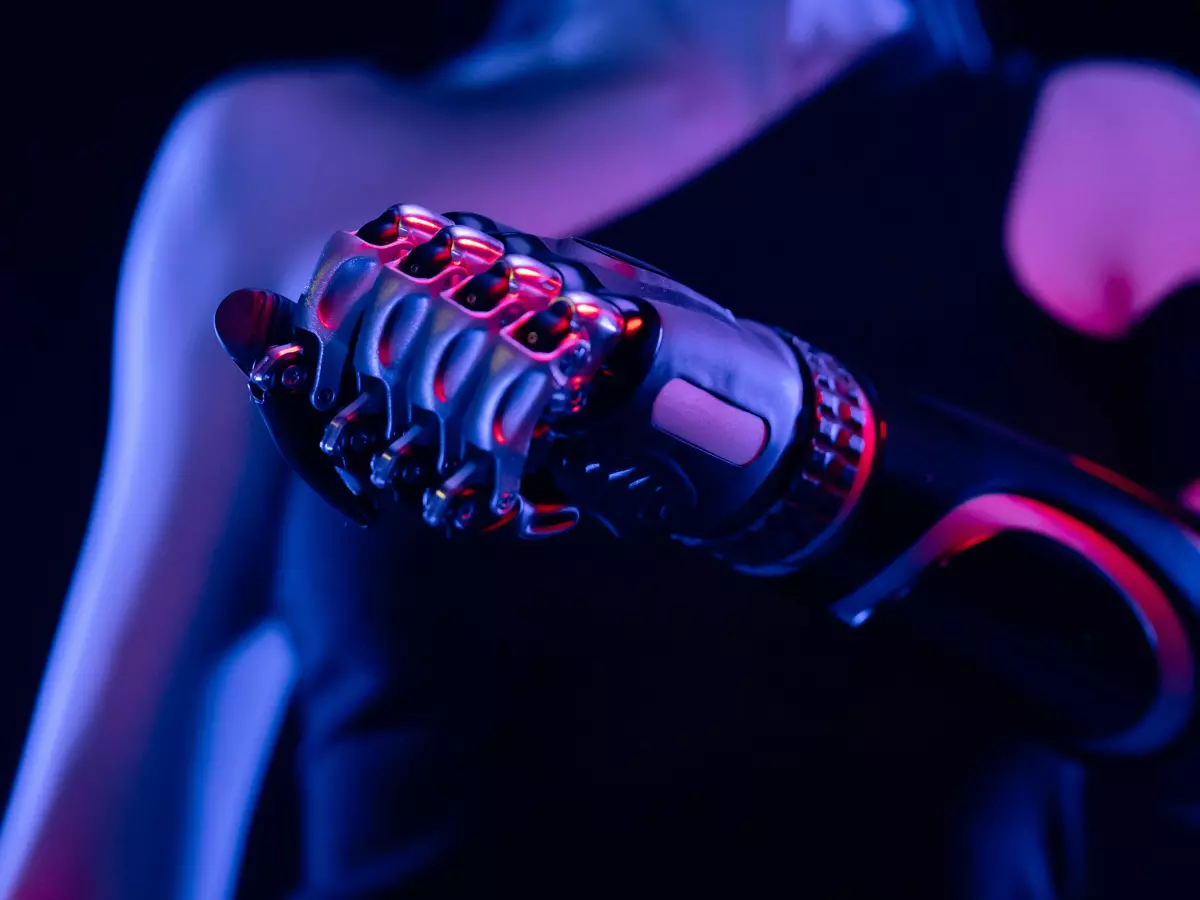Wearable Tech Unveiled
Wearables are more than just fancy wristbands—they're a symphony of sensors, software, and battery life working in perfect harmony.

By Sophia Rossi
When we think of wearables, most of us picture sleek fitness trackers or smartwatches that count steps, monitor heart rates, and maybe even remind us to stand up every hour. But here’s the thing: wearables are far more complex than they appear on the surface. Most people assume these devices are just about sensors and battery life, but there’s a hidden layer that makes everything work seamlessly—software integration.
However, what’s often overlooked is how these three components—sensors, battery, and software—are intricately connected. Without proper software integration, sensors would be useless, and battery life would drain faster than you can say “low power mode.” It’s time to dive into how these elements come together to create the wearables we love.
The Heart of Wearables: Sensors
Let’s start with the obvious: sensors. These tiny components are the backbone of any wearable device. They measure everything from your heart rate to your body temperature, and even your blood oxygen levels. But here’s the catch: sensors don’t work alone. They need a brain to process the data they collect, and that’s where software comes in.
Think of sensors as the eyes and ears of your wearable. They gather raw data, but without the right software to interpret that data, it’s just noise. For example, a heart rate sensor might pick up a signal, but it’s the software that determines whether you’re in a healthy range or if you need to slow down during your workout.
Battery Life: The Power Struggle
Now, let’s talk about battery life. It’s no secret that wearables are notorious for their limited battery life. The more sensors a device has, the more power it consumes. But here’s where things get interesting: software can actually help optimize battery life by managing how and when sensors are used.
For instance, some wearables use software algorithms to determine when to activate certain sensors. If you’re sitting still, there’s no need for the accelerometer to be running at full power. The software can put it in a low-power state until it detects movement again. This kind of smart power management is what allows wearables to last longer on a single charge.
Software: The Unsung Hero
While sensors and battery life often steal the spotlight, software is the real MVP of wearable tech. It’s the invisible force that ties everything together. Without software, your wearable would just be a collection of sensors and a battery with no real purpose.
Software not only interprets the data collected by sensors but also ensures that the device runs efficiently. It manages which sensors are active at any given time and helps balance power consumption. In some cases, software can even predict when you’ll need certain features, like turning on GPS when you start a run, without you having to press a button.
The Perfect Trio
So, what’s the takeaway here? Wearables are a delicate balance of sensors, battery life, and software integration. Each component plays a crucial role in delivering the seamless experience we’ve come to expect from our devices. Sensors gather data, the battery powers everything, and software makes sure it all works together smoothly.
Next time you strap on your smartwatch or fitness tracker, remember that there’s a lot more going on under the hood than meets the eye. It’s not just about counting steps or tracking sleep—it’s about the perfect harmony of sensors, battery, and software working together to keep you connected, informed, and, most importantly, powered up.




